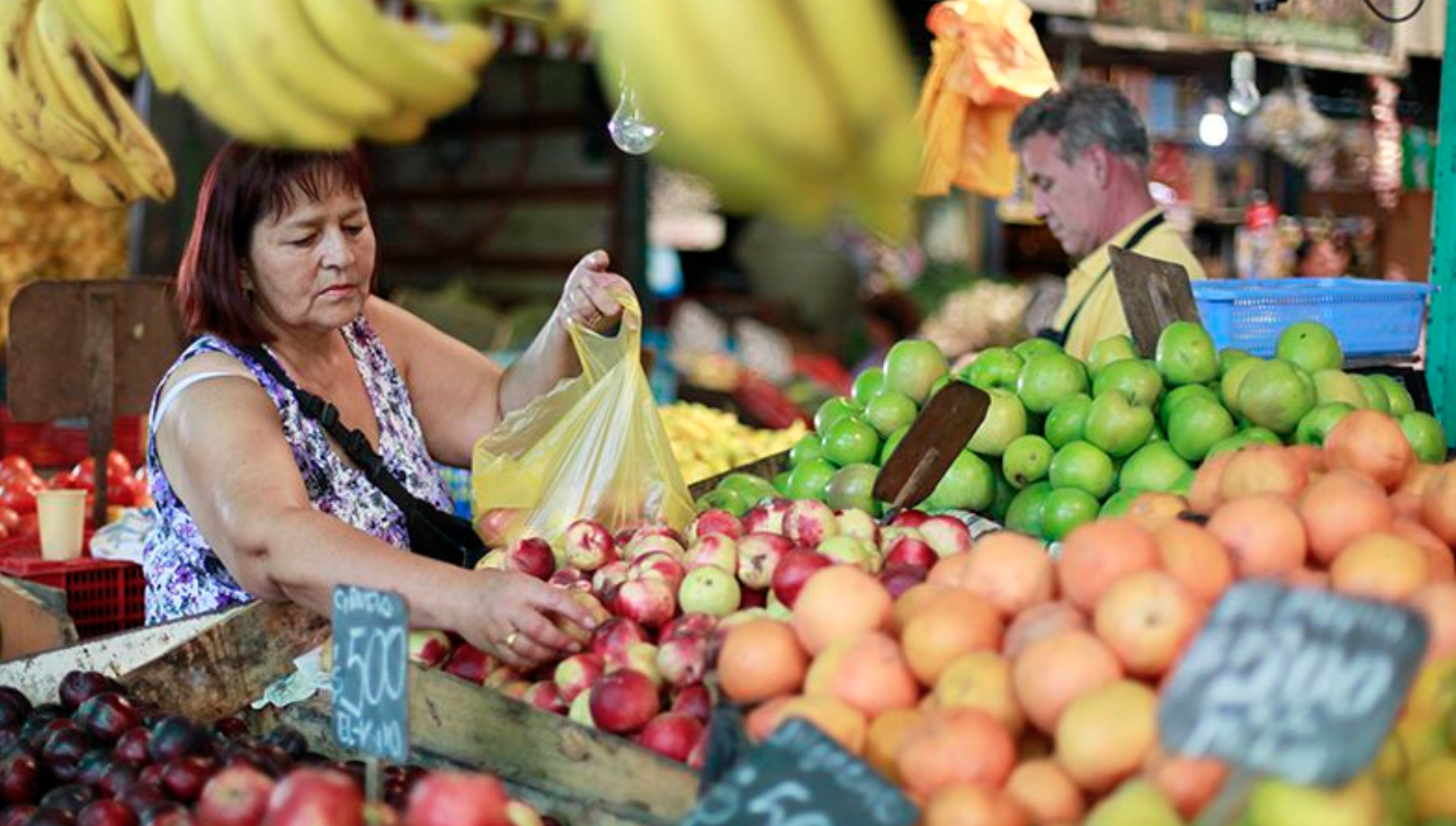In 2019, when Sebastián Piñera referred to Chile as an oasis in the middle of a Latin America faced with great economic and political adversities, he could have never imagined the events that would follow. The last months of that year saw a social explosion full of protests and clashes between the armed forces and law enforcement and the country’s citizens. According to the General Secretariat of the Presidency, the economic cost of the mobilizations, acts of vandalism, and violence was around 3,000 million dollars for the country. Indeed, a review of the monthly economic activity index (Imacec) shows the decrease in commercial activity in Chile towards the end of that year as a result of social unrest.
The arrival of COVID-19 in Chile in 2020 and the public safety measures adopted added effects that gave rise to a sustained decrease in economic activity in the country, which had already suffered quite a lot in 2019. This situation lasted until the middle of the year, as in July the use of pension funds was authorized for contributors, which gave a respite to the economy thanks to the resources injected into them.
However, this was not enough, as the double-digit unemployment experienced throughout 2020, which lasted until May 2022, eroded the economic autonomy of the people, and put pressure on the government to authorize a second and third withdrawal of the pension funds in December 2020 and April 2021. This meant a cash injection of close to $50 billion as of August 2021 because of this withdrawal/redemption of pension funds. This increase in private liquidity, in addition to the transfers and aid delivered by the Government to households and companies since 2020, generated an increase in the monetary base and doubled it during the second half of 2021.
Although the increase in liquidity may be a factor that encourages price increases, especially given that there is a growing demand because of the increase in the extraordinary payment capacity and a constant or decreased supply of goods and services, this is not the only factor. In fact, a good part of the 7% increase in inflation experienced in Chile so far in 2022 is due to exogenous factors.
Prices have been increasing globally due to pressure from the armed conflict between Russia and Ukraine that began in February. This conflict has acted on two fronts, accentuating the effects of the health crisis as a result. On the one hand, it has led to an increase in the value of food and fuel (essential elements for the population). On the other hand, it has caused a break in the supply chain and an increase in the value of materials (essential elements for producers).
In addition, we must not forget the shortage of final goods on a global scale due to the draconian sanitary measures adopted by China in order to minimize the number of COVID-19 infections, and the lower-than-expected economic growth in the second half of 2022. This combines to put upward pressure on the value of the dollar in the case of Chile. The deterioration of the exchange rate favors exports, but makes imports more expensive, which in turn translates into a pressure factor for the prices of goods demanded within the country.
Currently, one of the functions of central banks is to control inflation through monetary policy strategies in order to maintain people’s purchasing power over time, mitigate fluctuations in unemployment, and facilitate the production of goods and services. The Central Bank of Chile has been increasing the monetary policy interest rate as a way to counteract inflation levels. The rate reached 9.75% on July 14, the highest in the last 20 years. By increasing the interest rate, productive investment becomes more expensive, consumer spending is discouraged, and the desire to keep money liquid is discouraged as well.
However, if this type of strategy continues, Chile could face a stagflation scenario. That is, economic stagnation with high inflation. Economic theory mentions the presence of certain conditions that must simultaneously be present for this to occur, such as several quarters of falling or declining gross domestic product (GDP), rising prices, high interest rates, devaluation, and negative trade balance.
An alternative to monetary policy is the controls that governments can ultimately exercise on the increase of both wages and prices, the famous economic pacts. However, it is difficult to maintain them over time and, given the heterogeneity of contracts and labor, it is difficult to determine who or what functions would be excluded from this control.
Whatever formula is used to control inflation, it must consider its effect on the welfare of society and its repercussions in the short and medium term.
Translated from Spanish by Alek Langford













